Table of Contents
By now you’ve seen cold brew coffee advertised on television, served at Starbucks, and even sold in vending machines. Americans are drinking iced coffee like never before. From 2014 to 2015, cold brew coffee sales increased 115%, and things have only gotten better.
Whether you’re a coffee shop, restaurant, bar, or any type of food or beverage business, cold brew coffee can transform your menu. It’s not too late to jump in on the cold brew market.
As Drink
Cold brew drinks are currently all the rave. From nitrogen to whiskey, cold brew coffee pairs well and offers unique flavor possibilities. At Yellow House Coffee we have the usual cold brew iced coffee and cold brew lattes, but we’ve also taken our concentrate to some unique lengths to capture the imagination and palate of our more adventurous customers.

The High Plains Tonic is a drink crafted from an ounce of cold brew concentrate, a small bit of mocha syrup, an ounce of grape juice, tonic water and ice. Each sip gives the drinker the feeling of eating a chocolate covered grape infused with a bit of coffee and carbonation.
The Avenue Z contains an ounce of cold brew concentrate, a pump of our mocha and cinnamon syrups, a gram of orange bitters, tonic water and ice. This beverage targets that feeling of biting into an orange filled chocolate candy, with a hint of smooth coffee flavor embedded within the chocolate.
As Food
Search for recipes that use cold brew and you’ll likely find barbecue sauce and coffee rubbed steak over and over again. Madesco Labs broke the monotony by creating an incredible cooking with cold brew ebook with more recipes than I could have imagined possible that use cold brew coffee. If you’re ever in need of taco, brownie, or pancake recipes that use cold brew coffee, this is where to find them.
Unique ingredients such as cold brew coffee add life to a menu and captivate customers who are searching for creative food options. The raspberry acidity of an Ethiopian coffee could be just the tang your marinade needs, and the mellow chocolate notes of a darker blend may take your cookie to the next level.

As Opportunity
The cold brew coffee market is growing and changing rapidly. Just recently, Starbucks began serving nitrogen-infused cold brew, a trend that has been gaining popularity over the last two years in the specialty coffee niche and is now making its way to the general market.
With even more demand, bottled cold brew coffee is showing up in every grocery store. The ready-to-drink coffee market has grown double digits since 2011, with cold brew coffee being a key component of these types of beverages.
The ways cold brew coffee will evolve to please the market will multiply over the next few years, and those who venture into the cold brew frontier will be rewarded. At the very least, cold brew coffee presents an opportunity to provide a compelling and popular coffee beverage that is pleasing all times of year, especially the Summer months when coffee sales decline overall.
How to Get in on the Cold Brew Market
Introducing cold brew coffee to your menu is not difficult, but a couple systems need to be in place for the results to be consistently delicious. To begin, you need a large container to be the dedicated cold brewer. Don’t use multi-purpose containers with your cold brew coffee. Those coffee oils tend to claim their territory and like to taint other things you put in there with them.
The best option for businesses who want to make a large batch every once in a while (rather than daily small batches) is the Madesco Labs Commercial Cold Brew System. The system is made of a 5 gallon brewer and dispenser with a specialized cloth filter. The simplicity of this device cannot be overstated. The cloth filter is ideal for allowing coffee oils, responsible for rich aromatics and flavor to enter the final brew, while still filtering out all the coffee grounds.
How It Works in a Business Setting
Weigh out your coffee and water according to your desired ratio. I like to use 1:5 (coffee:water) to form a coffee concentrate. It’s more versatile and easier to store than a 1:17 ratio batch, which is what you would shoot for if you wanted to drink it straight from the dispenser without diluting.
Place the coffee, ground at a coarse setting, in the cloth filter and tighten the strings. Pour the measured water onto the coffee and give the pouch a little spin to help saturate all the grounds. After about five minutes, submerge the filter again to make sure all the grounds are evenly saturated for a balanced brew.
After twelve hours, remove the filter and dump the coffee grounds into the trash. The filter can be rinsed and air dried and is ready to be used again. As for the cold brew concentrate, it can be stored in the fridge at peak flavor and freshness for up to two weeks. The process can be started by your closers and finished by your openers and requires very little time.
Get To Marketing!
Leverage your coffee shop’s social media to get the word out. Avoid posting too many pictures of the cold brew by itself. Break it up with:
- Images of people holding cold brew and smiling
- Images of the cold brew in a to-go cup in a car
- Images of friends laughing with cold brew coffee in-hand



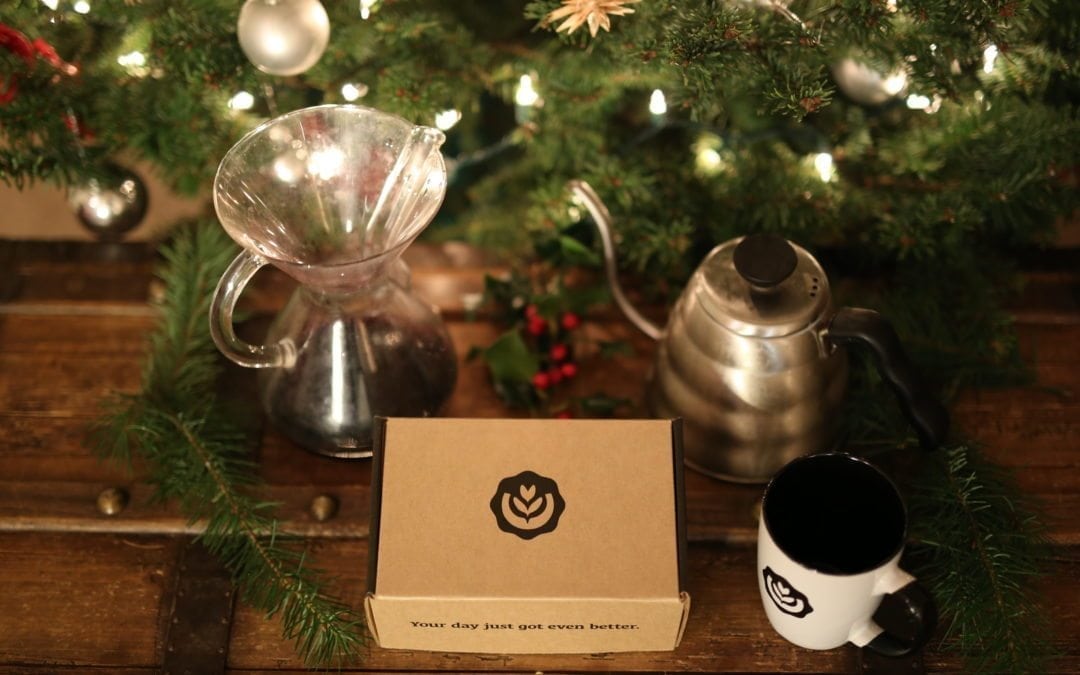

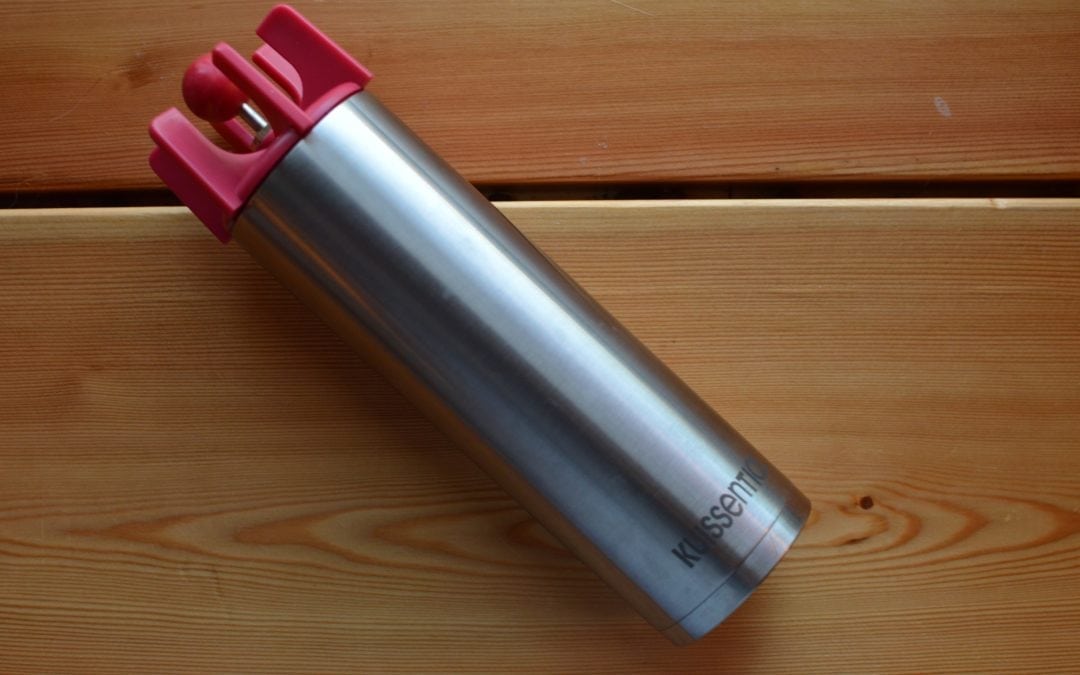
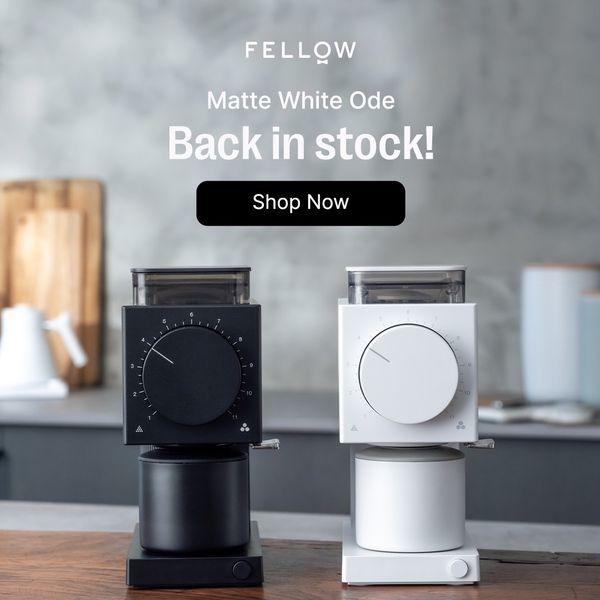

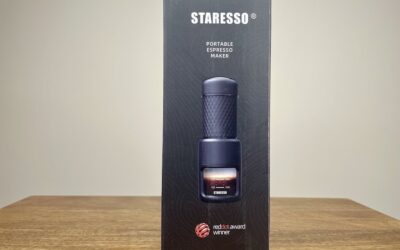



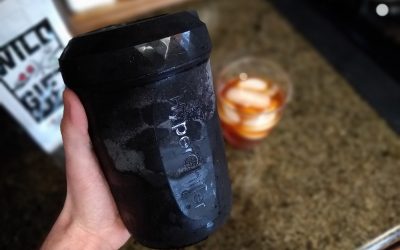
0 Comments